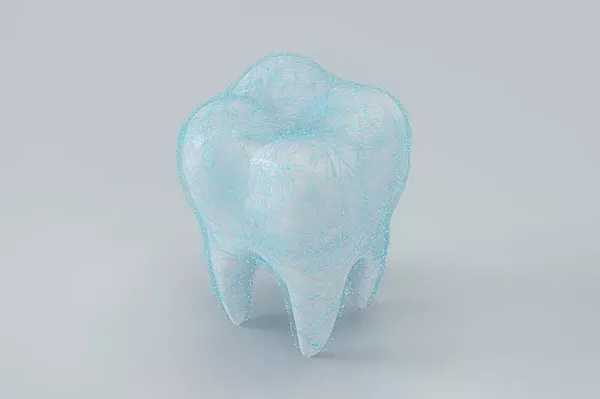Dental fillings are a common procedure used to treat cavities and restore damaged teeth. While fillings are typically associated with pain relief and improved oral health, some patients may experience unexpected issues, such as tooth bleeding after a filling. This occurrence can be disconcerting, but it’s essential to understand why it happens and what steps to take. In this article, we will explore the possible reasons for tooth bleeding after a filling, when to be concerned, and how to address the issue.
Understanding Dental Fillings
Before delving into the reasons for tooth bleeding after a filling, let’s briefly review dental fillings and their purpose:
Purpose: Dental fillings are used to repair teeth that have been damaged by decay or trauma. The procedure involves removing the damaged or decayed portion of the tooth and filling the resulting space with a restorative material, such as amalgam (silver fillings) or composite resin (tooth-colored fillings).
Sealing the Tooth: One of the primary functions of a filling is to seal the tooth, preventing bacteria and food particles from entering and causing further damage.
Pain Relief: Fillings also provide pain relief by eliminating or reducing tooth sensitivity and discomfort associated with cavities.
Common Reasons for Tooth Bleeding After a Filling
Tooth bleeding after a filling can occur for various reasons, and while some cases are normal and resolve on their own, others may require attention. Here are some common reasons for this occurrence:
Normal Tissue Response: After a filling, it’s not uncommon for the surrounding gum tissues to be slightly irritated. This irritation can lead to minor bleeding, especially during brushing or flossing. It usually resolves within a few days as the tissues heal.
High Filling: If the filling is placed too high or has an uneven surface, it can interfere with your bite. This misalignment can cause excessive pressure on the surrounding gum tissues, leading to bleeding.
Tooth Trauma: The process of removing decay or preparing the tooth for a filling can sometimes cause minor trauma to the surrounding tissues. This trauma may result in temporary bleeding.
Inflammation: In some cases, inflammation of the pulp (the innermost part of the tooth) can lead to increased blood flow to the tooth, resulting in minor bleeding. This inflammation may occur due to the proximity of the dental work to the pulp.
Gingivitis or Gum Disease: Pre-existing gingivitis or gum disease can make the gums more susceptible to bleeding. Dental work, including fillings, can exacerbate this issue.
Flossing and Brushing: After a filling, it’s crucial to maintain proper oral hygiene, but excessive or forceful brushing and flossing can cause minor bleeding.
When to Be Concerned
While minor bleeding after a filling is relatively common and usually not a cause for concern, there are situations where you should seek dental attention:
Excessive Bleeding: If the bleeding is severe, persistent, or does not improve within a few days, you should contact your dentist. Excessive bleeding may indicate an underlying issue.
Prolonged Discomfort: If you experience prolonged pain, sensitivity, or discomfort after a filling, it could be a sign of an issue with the filling or the tooth itself.
Swelling or Infection: Swelling, pus, or signs of infection around the filled tooth are cause for immediate concern and should be addressed by your dentist as soon as possible.
Changes in Bite: If you notice changes in your bite (the way your teeth come together when you close your mouth) after a filling, it may indicate an issue with the filling’s placement.
How to Address Tooth Bleeding After a Filling
If you experience tooth bleeding after a filling, consider the following steps:
Be Gentle: Avoid aggressive brushing and flossing around the affected area to prevent further irritation.
Rinse with Warm Saltwater: Gently rinse your mouth with warm saltwater. This can help soothe irritated tissues and promote healing.
Monitor the Bleeding: Keep an eye on the bleeding to see if it improves over a few days. Minor bleeding is often a normal part of the healing process.
Contact Your Dentist: If the bleeding is severe, prolonged, or associated with other concerning symptoms, contact your dentist to schedule an evaluation.
Follow Your Dentist’s Recommendations: If you visit your dentist, follow their recommendations for further treatment, which may include adjusting the filling, addressing gum issues, or additional dental care.
Conclusion
Tooth bleeding after a filling can be a worrisome experience, but in many cases, it is a normal part of the healing process. However, if you have concerns about the bleeding or experience other unusual symptoms, it’s essential to consult your dentist promptly. Regular dental check-ups are crucial to monitor the health of your fillings and address any issues early, ensuring your continued oral health and comfort.
Related Topics:






























